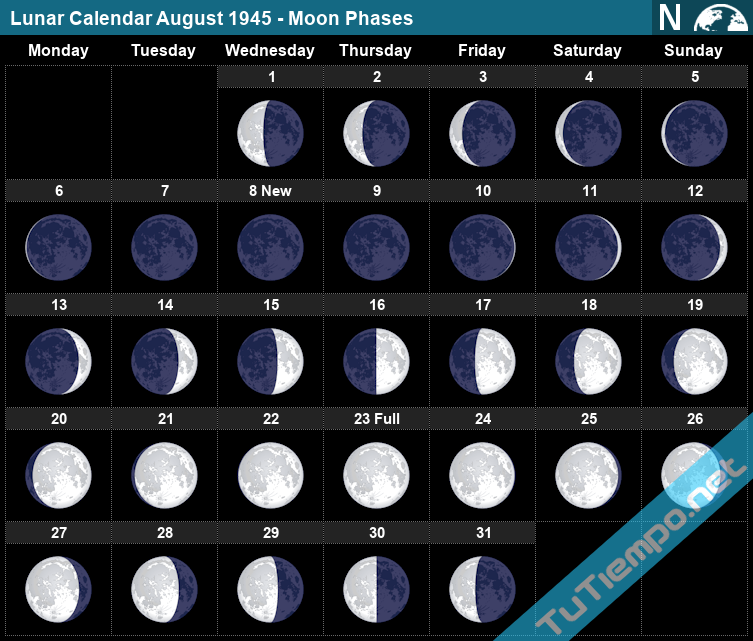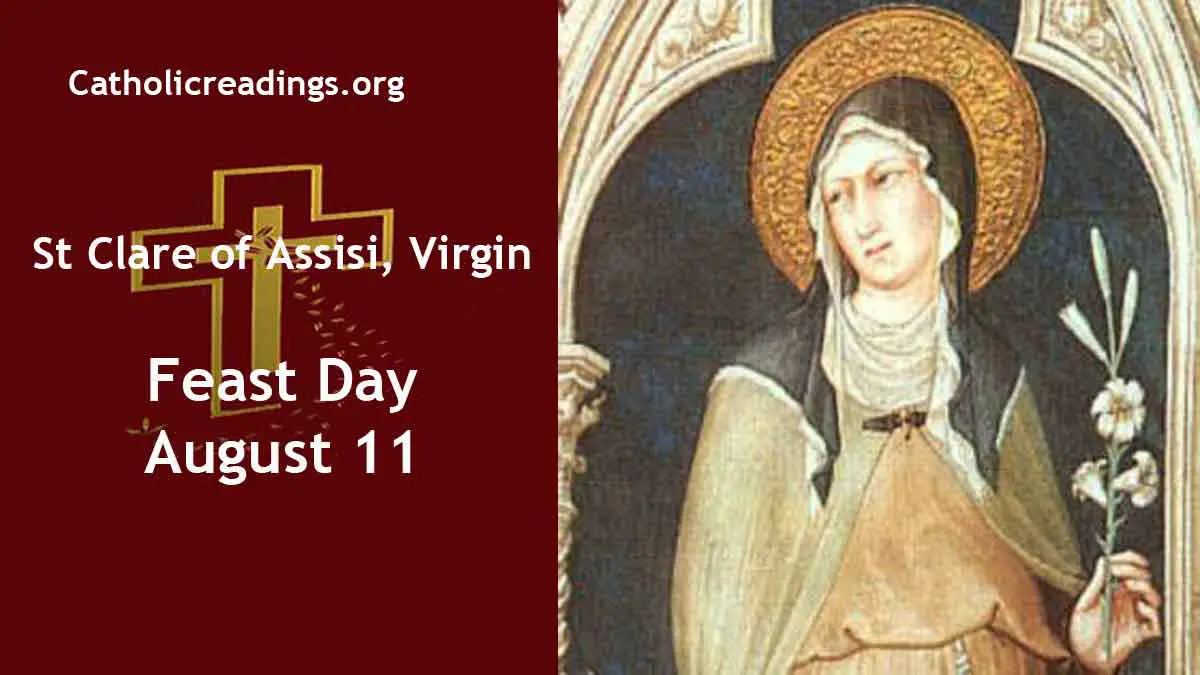CURIOSIDADES Y ANECDOTAS
 Según “La Leyenda dorada”, escrita en 1276, por el dominico italiano, Jacques de la Vorágine, María Magdalena era hija de Siro y Eucaria, una familia que descendía de reyes.
Según “La Leyenda dorada”, escrita en 1276, por el dominico italiano, Jacques de la Vorágine, María Magdalena era hija de Siro y Eucaria, una familia que descendía de reyes.
Su verdadero nombre era Myriam, María en hebreo. Para algunos es de origen egipcio, en ese caso significaría “amada de Dios.” Para otros significa: mar amargo, iluminada o iluminadora.
Magdalena o Magdala es un sobrenombre, según algunos es una derivación del sustantivo arameo Migdal (torre). Para otros, deriva del griego Magdalini, basándose en que los evangelios canónicos se transmitieron en esa lengua.
Para varios historiadores, la Magdalena descendía de la tribu de Benjamín, una de las doce tribus de Israel.
La fecha del 22 de julio, aparece en el martirologio anglosajón del monje Oengo, como: La Sagrada Natividad de María Magdalena. Y el 28 de marzo como: La Fiesta de su Conversión a Cristo.
En el siglo III, Hipólito, obispo de Roma, le otorga el título de Apostola Apostolorum (Apóstol de los apóstoles). Para él es la “Nueva Eva”, por la que la iglesia de los judíos, representada por la primera Eva, es ahora superada y glorificada por la Iglesia de Cristo, encarnada en Santa María Magdalena.
Los colores litúrgicos de su festividad son el blanco y el oro, como símbolo de los contemplativos.
Se cree que Juan el Bautista, comenzó su predicación en Betania, el pueblo de Marta, María y Lázaro.
Magdala, era una ciudad situada a los pies lago Tiberíades o mar de Galilea, que también era conocida por los nombres de Tariquea (que significa “pesca salada” en griego) o Dalmanuta y Gabara. En ella existían hasta ochenta hilaturas de lana fina. Era una de las tres ciudades de Galilea que aportaba una mayor contribución al Templo, hasta tres carros llenos.
Algunos historiadores, afirman que seis días antes de la Última Cena, María de Magdala ungió a Jesús en Betania. Para Mateo y Marcos esto ocurrió sólo dos días antes.
Según varios estudiosos, la Magdalena estuvo presente en el juicio a Jesús.
Según “La Contemplación” en el hogar de María de Magdala se reunieron la Virgen y las otras mujeres durante la flagelación de Cristo.
La “tradición occidental” afirma que la Magdalena llegó en una pequeña nao, junto con sus hermanos y otros cristianos, a las costas de Francia. Concretamente a un pequeño pueblo, llamado hoy “Les Saintes Maries de la Mer”, hacia el año 40 del s.I.
Si alzamos una línea recta imaginaria hacia el cielo, desde las catedrales de Francia junto a la Basílica de La Magdalena, en Vézelay, entre todas forman la conjunción de Virgo, dedicada a la Virgen María.
Desde el siglo IV hasta el siglo XIII, la comunidad religiosa de los casianistas – fundada por el presbítero Casiano-, fueron los custodios de las reliquias de la Santa, conservadas en la cripta de San Víctor. Hoy se encuentran en San Maximino (Aix -en Provence, Francia) dentro de una gran urna rematada con una escultura de bronce que representa a la Magdalena en éxtasis, obra de Alessandro Algardi.
Tras la invasión de Francia por los sarracenos en el siglo VIII, las reliquias de la Santa reaparecen el 4 de Diciembre de 1279, en la cripta de San Maximino.
En el medioevo comienza a ser representada con el tarro o alabastrorum, que significa el Eterno Femenino, el contenedor de la vida y la muerte. Anteriormente era representada con los clavos de la cruz de Cristo en sus manos, popularmente llamada “la Virgen de los clavos”.
Se dice que el tarro con que ungió a Cristo estuvo en la iglesia de San Víctor, en Marsella, según testimonio de Silvestro de Prierio en 1497. El monasterio de Saint Sever en Las Landas, afirmaba poseer parte del ungüento.
San Anselmo de Canterbury, en 1081, le dedica oración lírica.
En el 1103 el papa Pascual II, promulga una bula por la que autoriza la romería en su honor en Vézelay, y estimula al pueblo para aumentar la devoción a la Santa.
San Jerónimo le atribuye el epíteto “fortificada con torres”.
El 6 de marzo de 1058, el papa Etienne IX promulga una bula, donde afirma que el cuerpo de Santa María Magdalena, reposa en la abadía de Vézelay (Borgoña, Francia).
El santuario occidental más antiguo – de finales del siglo X- erigido en honor a la Santa, fue el de Halberstadt, en Alemania. En 1205 el obispo de ese lugar, Conrad de Krosik, regresó de la Cuarta cruzada y trajo consigo diferentes reliquias, entre ellas parte del cráneo de María Magdalena. La llegada de la reliquia se celebra el 17 de agosto.
Hacia 1155 la familia Baffo o Baffa decía poseer un dedo de la Santa y mandó construir en Canaregio, la primera iglesia veneciana, en su honor, para albergar la reliquia. La iglesia se llamaba “Santa María Maddalena Penitente”. Más tarde, en el siglo XVI, fue decorada con cuadros de Tintoretto. Según el historiador de la época, Francisco Sansovino, era la última iglesia que se visitaba durante las celebraciones del Viernes Santo.
A principios del siglo XII se le dedicó una iglesia en Jerusalén, situada en el barrio judío. Se menciona otra iglesia en su honor hacia el 1101-1102 en Ascalón. También existía en Jerusalén un convento dedicado a la Santa donde se alojaban peregrinas, hacia el siglo XII.
Bernardo de Claraval, (San Bernardo) define las reglas de la Orden de los templarios, en ellas encomienda obediencia a Betania, al castillo de Marta y María.
Tras el mandato de disolución de la Orden templaria, algunos de ellos se hallaban cautivos en el Rosellón. Fueron castigados el día 22 de julio de 1307, festividad de Santa María Magdalena.
San Bernardo llegó a escribir hasta noventa sermones acerca del Cantar de los Cantares, una de las lecturas litúrgicas de la festividad de Santa María Magdalena.
San Bernardo, el 31 de marzo de 1146, predicó la Segunda cruzada en la Magdalena de Vézelay, delante del rey Luis VII y su esposa Leonor de Aquitania, los condes de Dreux, de Flandes, de Toulouse y de Nevers. Años después, en 1190, Ricardo Corazón de León (hijo de Leonor de Aquitania y de Enrique II de Inglaterra) y Felipe Augusto se reunieron en el mismo lugar para disponer la Tercera cruzada.
En el año 1183 Felipe Augusto, expulsó a los judíos de París, y trasformó su sinagoga en una iglesia en honor La Magdalena. Estaba situada en la rue de Juiverie. Hoy no existe, en su lugar hay un hotel.
San Luis, rey de Francia, acude a la Sainte- Baume en 1254. En ella se cree que La Magdalena vivió durante diecisiete años. Antes de partir hacia Tierra Santa, en 1267, el rey acudió a Vézeley, para pedir protección a la Santa.
En Francia durante la Edad Media, se celebraba el traslado de sus reliquias desde la Provenza a Vézelay. Allí se festejaba, el 19 de marzo, y en la Provenza el 5 de mayo.
La iglesia de San Maximino de Provenza, guarda los cabellos de la Magdalena, en un relicario, dentro de un vaso de cristal. Esta reliquia atrae la devoción de los fieles. Su largura y su color- rubio tostado- inspiraron durante siglos su iconografía.
Leonor de Aquitania se retiró a la abadía de Fontevrault (Orleáns, Francia) fundada el 15 de abril de 1113, por Luis VI le Gros -cuya patrona era Santa María Magdalena. El 10 de abril de 1257, el papa Alejandro IV concede cuarenta horas de indulgencia, a las personas que visiten la iglesia y el hospicio de Fontevrault, el 22 de julio, festividad de Santa María Magdalena.
A partir del siglo XIII los reyes franceses fueron los patronos de la iglesia de San Maximino donde estaban las reliquias de la Santa. En ese mismo siglo fundaron el Convento Real bajo los cuidados de los dominicos. Ya en el siglo XIX el padre Lacordaire, reinstalo -tras años de ausencia- a los Hijos de Santo Domingo como la escolta de honor de la Magdalena.
Rodolfo de Worms fundó 1224 la Orden especial de penitentes de Santa María Magdalena. Aprobada por el papa Gregorio IX en 1227. Regla agustiniana; vestían hábito blanco. Se las denominaba Weissfrauen, Dames Blanches, o Damas Blancas. A partir de ahí nacieron más de cuarenta conventos en Alemania.
Durante el primer tercio del siglo XIII, el duque Adolfo de Slesvig-Holstein funda en Hamburgo, un convento dedicado a la Santa. Entrará en él como monje en 1239, y vivió allí hasta su muerte en 1261.
Hacia 1230-1306 el franciscano italiano, Jacopone da Todi, le compone un himno, donde María Magdalena se convierte en el consuelo de la Virgen.
Petrarca, entre 1330-1353, la describe como la Dulcis amica Dei (dulce amiga de Dios).
En 1328, Pierre Causit funda en Montpellier (Francia) un hospital cuya patrona es Santa María Magdalena.
Durante el siglo XIII la abadía de San Millán de la Cogolla (La Rioja), poseía varias reliquias de la Santa.
El libro de horas de Carlos VIII de Francia (1470-1498) contiene una miniatura que representa al Rey de rodillas, mientras La Magdalena le presenta ante Cristo.
A finales del siglo XIII, Charles de Salerne, graba su nombre en la chsse (relicario) que guarda las reliquias de la Santa, cincelado a mano y ornamentado en diamantes y zafiros.
La metáfora de Cristo como un jardinero que siembra la semilla en María Magdalena, la recoge el himno pascual de Felipe de Gréve, canciller de Paris en el siglo XIII.
En Inglaterra, a finales del siglo XIII, siete de los once santuarios dedicados a La Magdalena, son hospitales. A menudo se les conoce como “Lazare House” (la casa de Lázaro).
En el monasterio de Saint- Albans, en Herefordshire (Inglaterra) conservaba a finales del siglo XIV varias reliquias de Santa María Magdalena. Éstas se hallan inscritas en un manuscrito que se conserva en el British Museum. Dicho manuscrito fue publicado por Dugdale.
La importancia de Santa María Magdalena en Venecia lo demuestra su aparición en una bandera del siglo XV, junto a San Juan Bautista, San Juan Evangelista y San Jerónimo, todos ellos junto al león de San Marcos.
En Barcelona, a mediados del siglo XV, había una iglesia dedicada a La Magdalena. Donde el sacerdote Miguel Cuberta, ofició su primera misa.
Una bula del 22 de julio de 1435, concedida por el papa Eugéne IV, otorga indulgencia plenaria, en artículo mortis, a todos los habitantes de Arlés y Aix et Embrum (Francia), que ofrezcan sus bienes, para continuar la obra de la iglesia de Santa María Magdalena.
El rey René d´ Anjou, en marzo de 1438, peregrinó a la Sainte-Baume, (Aix- en- Provence, Francia) y fundó una misa, que debe ser cantada a perpetuidad en honor de Santa María Magdalena.
Existen históricas de la existencia de un cáliz, propiedad del rey René de Anjou con una curiosa inscripción: “El que beba a fondo verá a Dios; el que la apure de un solo trago, verá a Dios y a la Magdalena.”
El Magdalen College de la Universidad de Oxford (Inglaterra) fue fundado en 1448, por William de Waynflete, obispo de Winchester, con el permiso del rey Henry VI de Inglaterra. Tiene una impresionante capilla del siglo XV. En él han estudiado: Oscar Wilde, Virgina Wolf, C. S Lewis
En 1599 un trabajador de una fábrica de papel en Frabiano (Italia) sufrió un accidente y quedó aplastado entre las bobinas de papel, pero invocó a La Magdalena y resultó ileso. La iglesia- s XIII- de dicho pueblo, era una capilla de un hospital dedicado a la Santa. Tras el milagro, la fábrica la adoptó como patrona.
Dice la leyenda que Myriam de Magdala trajo consigo desde Palestina, un puñado de tierra, y unas piedrecillas negras, manchadas con la sangre derramada por Jesucristo en la Cruz. Se guardan en San Maximino (Aix-en Provence) dentro de un frasco de cristal. Cada, Viernes Santo, se vuelven rojas y se licua la sangre. Este prodigio atrae en el siglo XVII a más de cinco mil personas.
El Metropolitan Museum de Nueva York, guarda un relicario de finales del XV, procedente de Florencia (Italia) que contiene un diente de la Santa.
Zwingli, (reformador iconoclasta suizo) pidió abolir el culto a María Magdalena y destruir todas sus imágenes, pues era un ejemplo de lo artificioso de la intercesión de los santos.
El Concilio de Trento (1545-1563) destaca la importancia de Santa María Magdalena como símbolo de la iglesia triunfante y de la fe verdadera.
San Isidro labrador, antes de comenzar su faena en el campo, acudía a orar en una capilla dedicada a La Magdalena, situada en lo que es hoy Carabanchel (Madrid).
Santa Teresa de Ávila (1515- 1582) relata en su obra Vida su gran devoción a la gloriosa Magdalena. Pedía su intercesión ante Cristo, para perdonarle sus pecados.
San Francisco de Sales (1567-1622) resaltaba a la Magdalena como ejemplo de conversión y amor.
En 1597 Bellarmino, teólogo del papa Clemente VIII compuso un himno donde relata las tres fases de la conversión de la Magdalena, titulado: Pater superni luminis. Está integrado en el breviario romano como parte del oficio de su festividad.
César de Nostredame, en 1606, le dedica un poema titulado” Les Perles ou Larmes de la Saincte Magdelaine” (Las perlas o lágrimas de Santa Maria Magdalena). Compuesto por 752 endecasílabos.
El jesuita inglés Robert Southwell (siglo XVI) le escribió dos poemas líricos titulados: “Marie Magdalens blush” (El rubor de María Magdalena) y “Marie Magdalens complaint at Christ death” (La queja de Maria Magdalena por la muerte de Cristo). Considerado uno de los poemas de amor más importantes de su época.
Bernardino Ochino, capuchino italiano, tras visitar la Sainte-Baume, pronunció un sermón en Venecia en 1539, donde resalta el papel de La Magdalena, como el máximo ejemplo de la iglesia militante.
En 1622 Luis XIII de Francia derrotó a los calvinistas en Languedoc. Terminó la guerra en Montpellier. Desde allí fue a dar gracias a La Magdalena de San Maximino (Provenza). Cinco años después, un 22 de julio, les atestó el golpe definitivo, en la batalla de La Rochelle al derrotar al ejército inglés capitaneado por el duque de Buckingham, que apoyaba a los calvinistas franceses.
El cuadro “La conversión de María Magdalena” de Gentileschi (1640) fue un encargo del gran duque Cosimo de Toscana como regalo a su esposa la archiduquesa María Magdalena de Austria, gran duquesa de Toscana. Hoy podemos verlo en la Galleria Palatina, del palacio Pitti, en Florencia (Italia).
En Antequera (Málaga) existe un convento de las franciscanas descalzas del siglo XVIII, dedicado a La Magdalena.
En 1816, Luis XVIII de Francia le dedicó la espectacular Iglesia Real de La Madeleine de Paris, fundada en el siglo XVI por Carlos VIII. Totalmente reconstruida por Napoleón Bonaparte en 1807.
En 1822- y ante 40.000 personas- fue reestablecido el culto a la Santa en la Sainte- Baume, paralizado durante la Revolución francesa de 1789.
En Inglaterra durante el siglo XIX se produjo un reverdecimiento del culto a la Santa. Existen varias iglesias famosas como la magistral iglesia neogótica de María Magdalena, en Paddington (1868-1878); otras más antiguas como la iglesia de Norfolk del S XIV, restaurada en 1873, cuyas vidrieras narran su vida. Otra pequeña iglesia medieval en Madehurst, West Sussex.; la iglesia All Saints, Langton Green, Kent y muchas más.
El zar de todas las Rusias, Alejandro III, en 1886, mandó construir una iglesia en su honor, como recuerdo a su madre, gran devota de la Santa. Dicha iglesia fue proyectada por De Graham.
Aguste Rodin recibe hacia el 15 de Diciembre de 1905 el encargo de August Thyssen de realizar una escultura sobre Jesucristo, por la que pagó 20.000 francos. Así creó “Cristo y La Magdalena” una escultura de mármol, único testimonio de inspiración religiosa del autor, tras dejar el noviciado de los Padres del Santísimo Sacramento. Hoy puede admirase en el Museo Thyssen – Bornemisza de Madrid.
En la Biblioteca Imperial de San Petersburgo (Rusia), el abate Joseph Bonnet descubre en el manuscrito Q I, 14 un sermón anónimo francés atribuido al teólogo, del siglo XVII, Bousset. titulado: “L ´Amour de Madeleine” (El Amor de Magdalena).En 1911 Rainer María Rilke lo adquiere en un anticuario de Paris, de la rue du Bac. Fascinado por el escrito, al que califica de “extraordinario, luminoso y de verdadera actualidad espiritual”, lo traduce.
En 1978 fueron suprimidos de la sección del Breviario romano dedicado a Santa María Magdalena, los epítetos: “María poenitens” (María penitente) y “magna pecatrix” (gran pecadora). Para terminar con dos mil años de estigmatización sobre su persona. Ahora sólo queda que el colectivo popular borre de su memoria la falsedad que durante siglos se cernió sobre la Santa.
En la iglesia del Monasterio de Oía (Pontevedra) del s. XIII hay un retablo donde hallamos la representación de la bajada del Espíritu Santo sobre la Magdalena, que está rodeada por los apóstoles
La imagen central del retablo de la capilla dedicada a San Juan Evangelista, del Monasterio cisterciense de la Santa Cruz (Santes Creuses) de Aiguamúrcia (Tarragona), podemos ver un cuadro representando a la Magdalena, con una copa o cáliz en su mano izquierda. Este monasterio pertenecía al Císter, orden fundada por San Bernardo de Claraval, cuya influencia en la creación de la Orden de los Caballeros Templarios, es notable.
Para algunos el “juego de la Oca” es la representación del Camino de Santiago; en este juego la casilla 58 es la muerte, que significa resurrección y por tanto correspondería a la Magdalena al haber sido la primera en ver a Jesús resucitado.
Hacia el 466-511 el rey merovingio Clodoveo adopta como emblema de su dinastía a la flor de lis. Símbolo que aún hoy representa a la Corona francesa y adorna la urna de cristal que contiene las reliquias de la Magdalena en la abadía benedictina de Vézelay, en Francia.
En 1929 se descubre en Dura Europos (Siria) un fresco con una representación de las primeras pinturas cristianas. Donde encontramos a La Magdalena con una antorcha encendida en la mano. Hoy esta pintura puede verse en la Galería de Arte de la universidad de Yale, en EE.UU.
San Agustín se refiere a La Magdalena como el “testigo ocular” de la resurrección de Jesús.
El número 7 está asociado con la Magdalena, recordemos el pasaje del evangelio según san Lucas “y también algunas mujeres que habían sido curadas de malos espíritus y enfermedades: María, llamada Magdalena, de la que habían salido siete demonios” (Lc 8,2). El siete está relacionado con la perfección del tiempo. Significa “perfección”, “importancia” o “plenitud”. Es el número perfecto ya que Dios al crear el mundo descansó el séptimo día. También asociado con el Espíritu Santo (los 7 dones del espíritu); o con Ishtar (7 velos); o los 7 pecados capitales, e incluso para algunos guarda relación con la virginidad, ya que no genera ni es generado por ninguno de los otros números de la primera decena. Pero además una curiosidad ¿Se han fijado en una cosa? La Hoguera se celebra el 21 de julio ¿verdad? Hagan estas operaciones 21/3=7. Y Julio es el séptimo mes del año. ¿Casualidad, o causalidad?
Hacia 1888 Vincent Van Gogh llega al pequeño pueblo pesquero de Saintes-Maries-de-la Mer donde la tradición ubica que desembarcó la Magdalena. Durante esa época Van Gogh realiza gran parte de su obra.


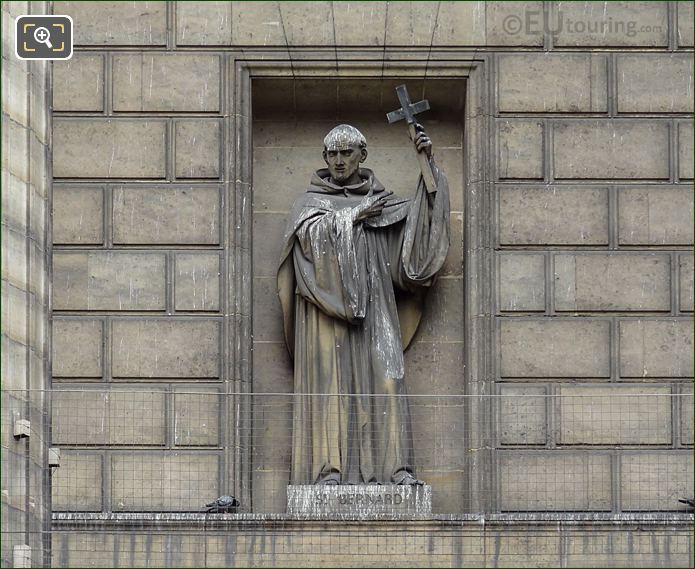
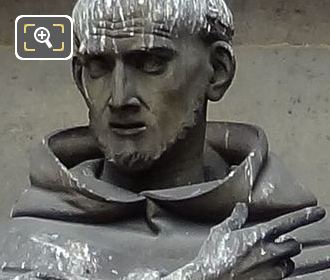
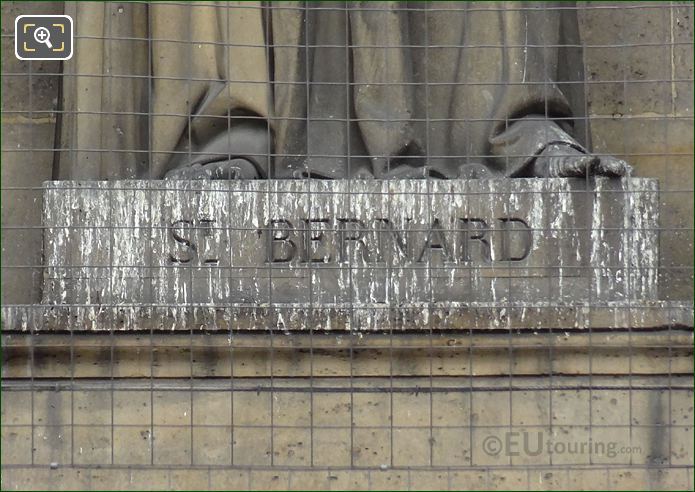
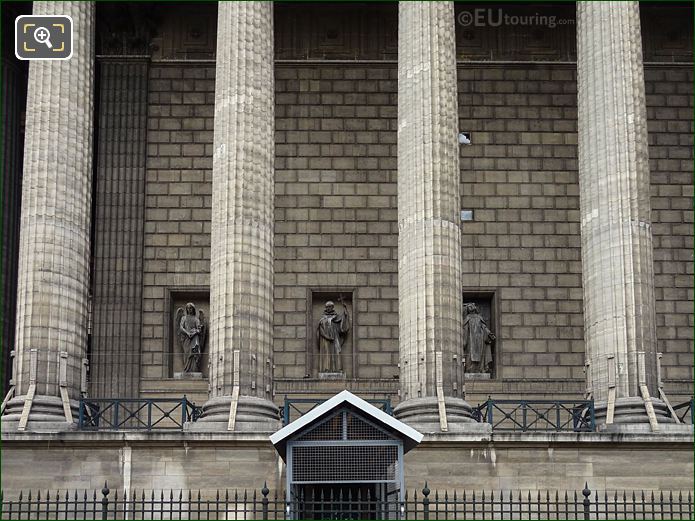

 Según “La Leyenda dorada”, escrita en 1276, por el dominico italiano, Jacques de la Vorágine, María Magdalena era hija de Siro y Eucaria, una familia que descendía de reyes.
Según “La Leyenda dorada”, escrita en 1276, por el dominico italiano, Jacques de la Vorágine, María Magdalena era hija de Siro y Eucaria, una familia que descendía de reyes.

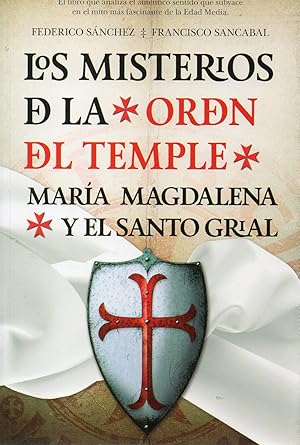
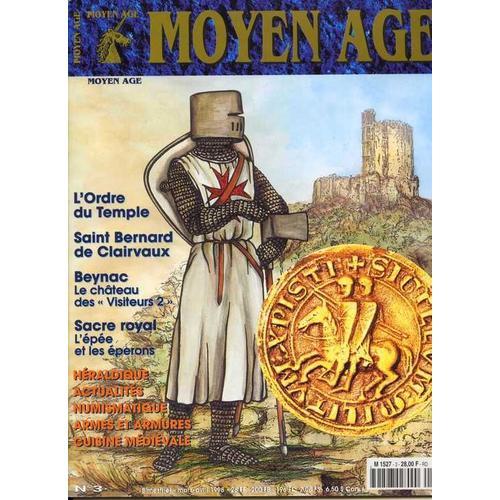






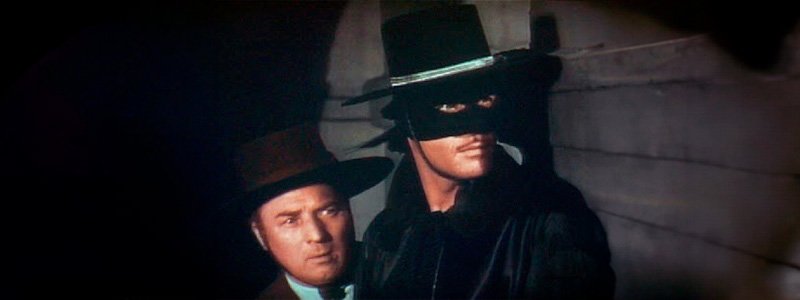

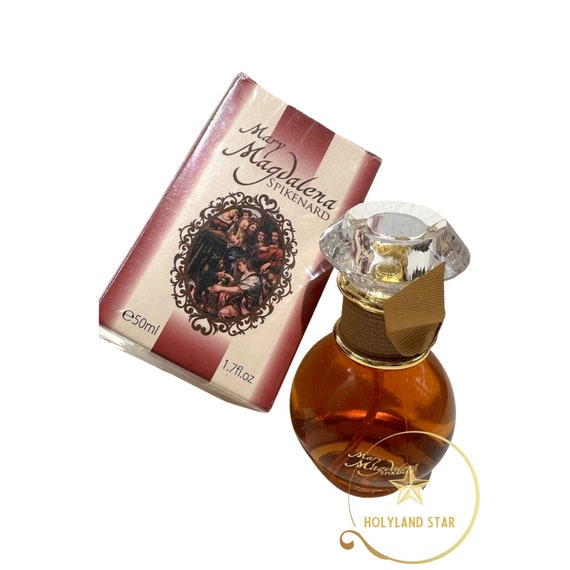


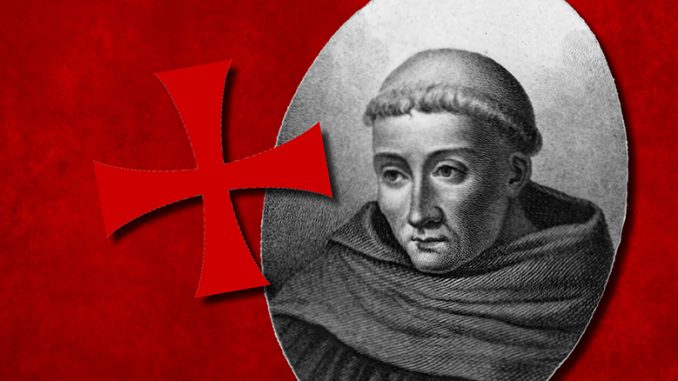

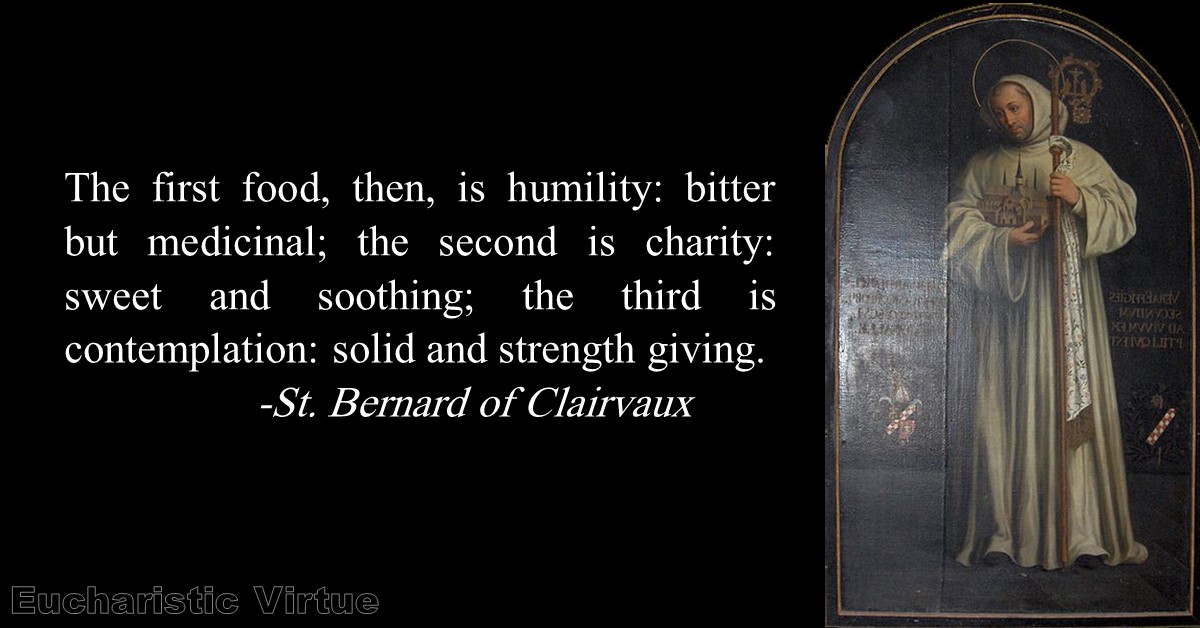
![Regreso Al Fururo III (Back To The Future III) [1990] –, 40% OFF](https://m.media-amazon.com/images/M/MV5BYzgzMDc2YjQtOWM1OS00ZjhhLWJiNjQtMzE3ZTY4MTZiY2ViXkEyXkFqcGdeQXVyNDQ0MTYzMDA@._V1_.jpg)
